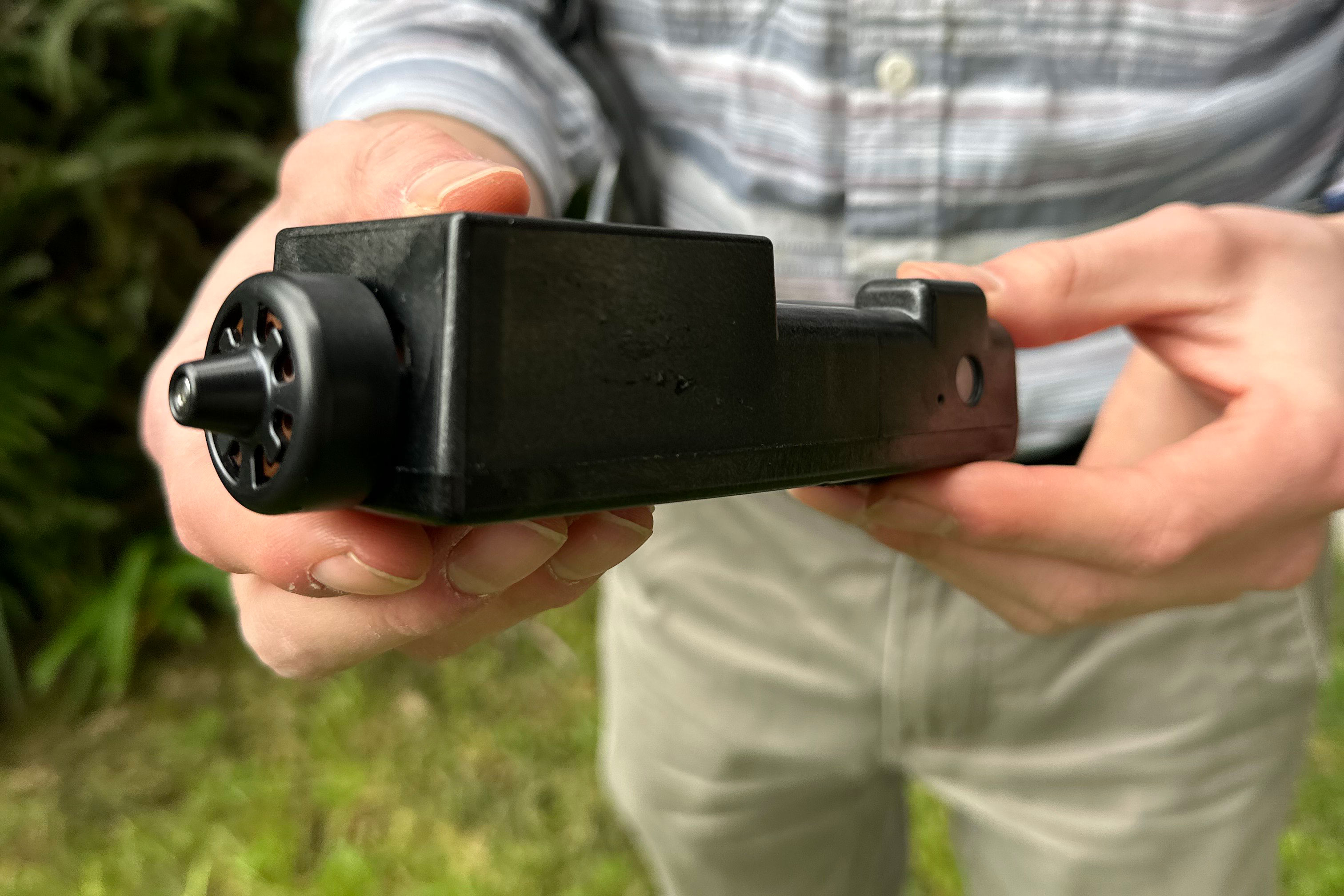Fertilize Bougainvillea for Vibrant Blooms

Bougainvillea are long-flowering climbing plants celebrated for their vibrant blooms throughout spring, summer, and fall. These colorful climbers often evoke memories of holidays in southern Europe, cascading over white-washed walls on sun-drenched streets. While your surroundings might not mirror this postcard-like image, growing bougainvillea can beautify any outdoor space and momentarily transport you to a faraway place.
Native to warmer regions, bougainvillea thrive in sheltered spots with full sun. With optimal care, they can grow up to 3 feet in a single season, making them some of the best climbing plants for color, impact, and vigor.
Fertilizing bougainvillea is crucial for optimal growth and prolonged flowering. While they can grow without regular fertilization, feeding in spring and summer supports growth and extends blooming. Here, experts share the best timing and approach for fertilizing your bougainvillea.
Bougainvillea, native to South America, grow best in US hardiness zones 9 and 10. Ensure they are planted in sunny, protected areas. For established or newly planted climbers, add fertilizing to your summer gardening checklist.
When to Fertilize Bougainvillea
According to Sam Niemann, garden expert and founder of Grown by Design in San Diego, “Bougainvilleas are light feeders and can often go years without needing fertilization.” However, if your plant isn’t flowering well, it may need a fertilizer boost.
For ground-planted bougainvillea, the best time to fertilize is early spring. A light feeding schedule maintains healthy blooms without overstimulating foliage growth. For potted bougainvillea, feed once a month from spring until the end of summer. Potted plants require more watering and feeding than those planted directly in the ground.
In summary, while bougainvillea can thrive without frequent fertilization, feeding them during the growing season ensures vibrant blooms and robust growth. With the right care, these striking climbers can transform any outdoor space into a colorful retreat.
Re-reported from the article originally published in Homes&Gardens.







